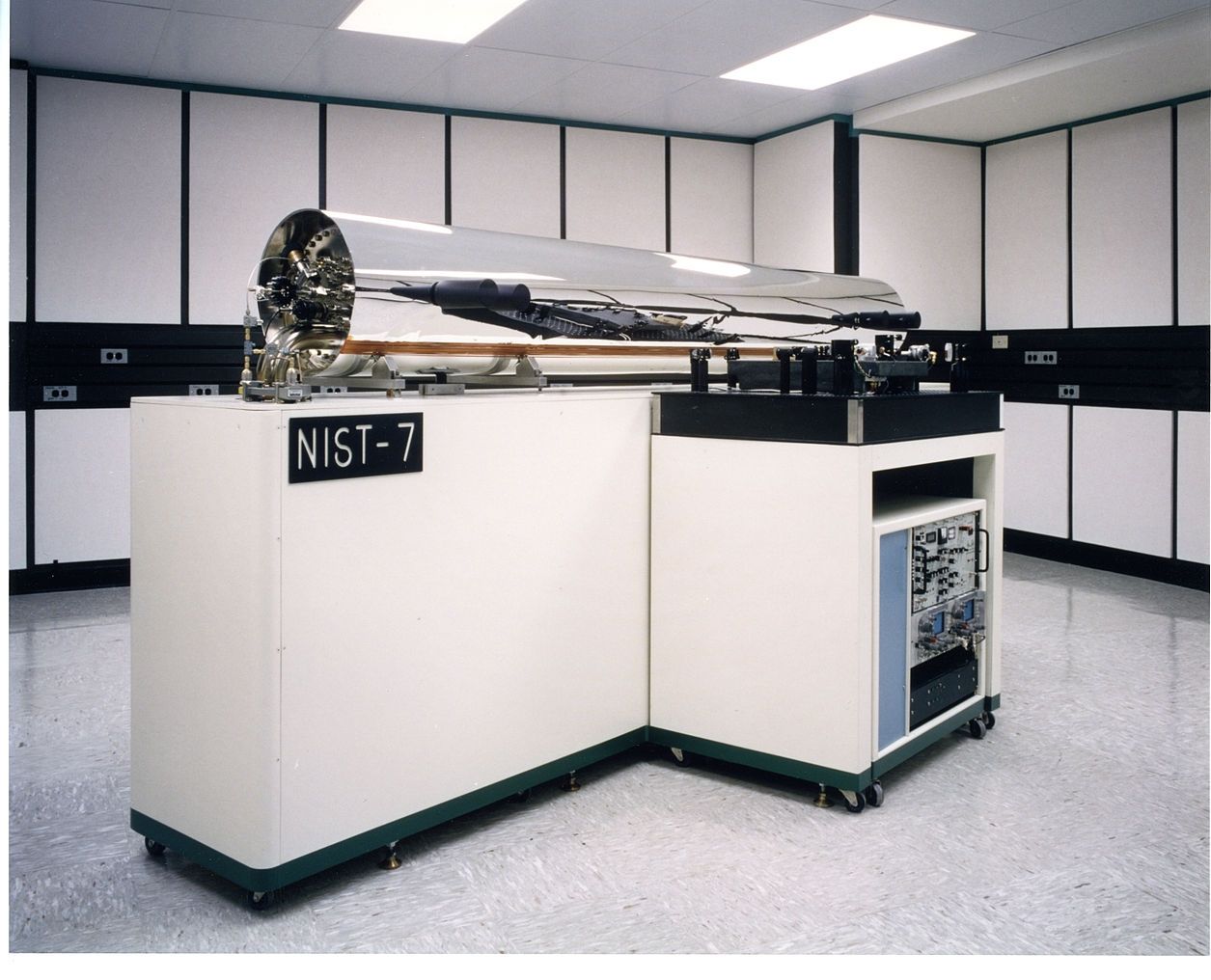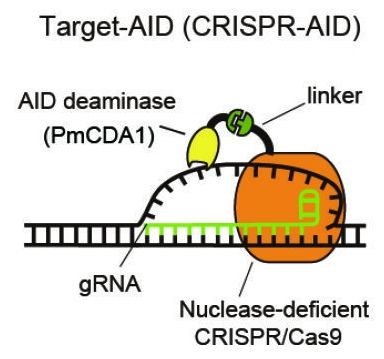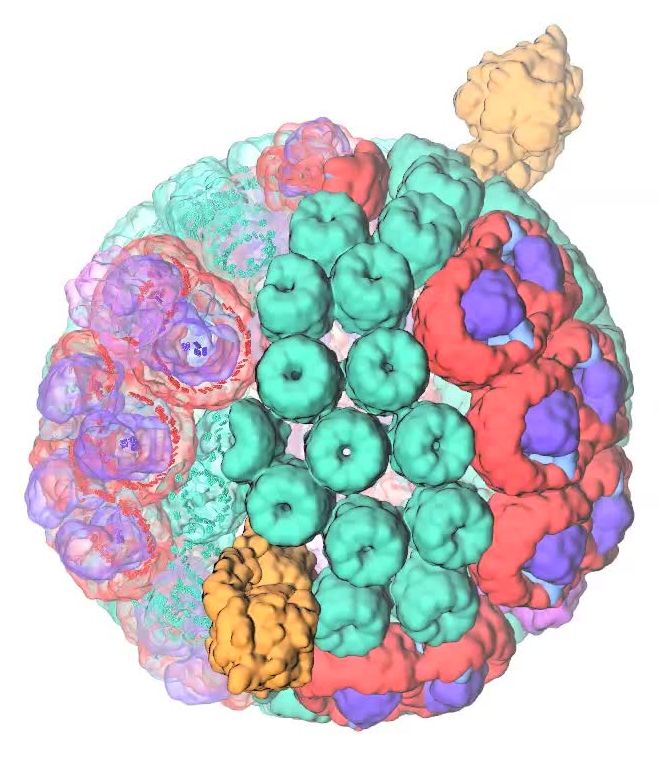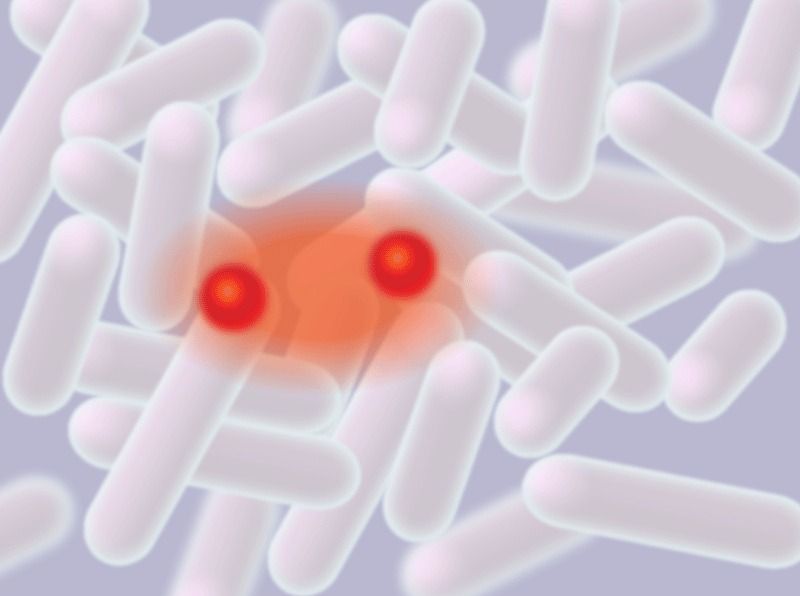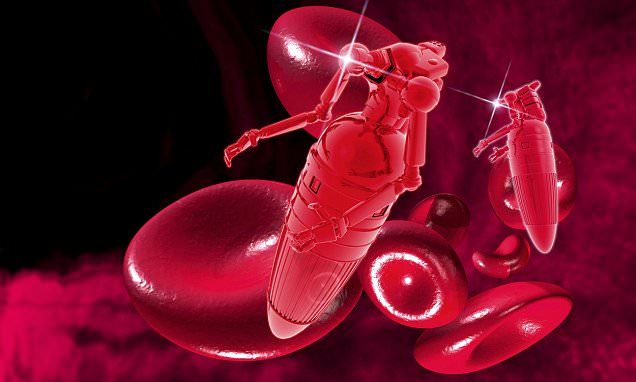Aug 26, 2016
World’s Scientists: “Human Consciousness Will Remain a Mystery”
Posted by Karen Hurst in categories: bioengineering, computing, mathematics, neuroscience, quantum physics
More insights on human conscientious in relation to its state after we die.
Personally, (this is only my own opinion) I believe much of the human conscientious will remain a mystery even in the living as it relates to the re-creation of the human brain and its thinking and decision making patterns on current technology. Namely because any doctor will tell you that a person’s own decisions (namely emotional decision making/ thinking) can be impacted by a whole multitude of factors beyond logical information such as the brain’s chemical balance, physical illness or even injury, etc. which inherently feeds into conscientious state. In order to try to replicate this model means predominantly development of a machine that is predominantly built with synthetic biology; and even then we will need to evolve this model to finally understand human conscientious more than we do today.
Continue reading “World’s Scientists: ‘Human Consciousness Will Remain a Mystery’” »

